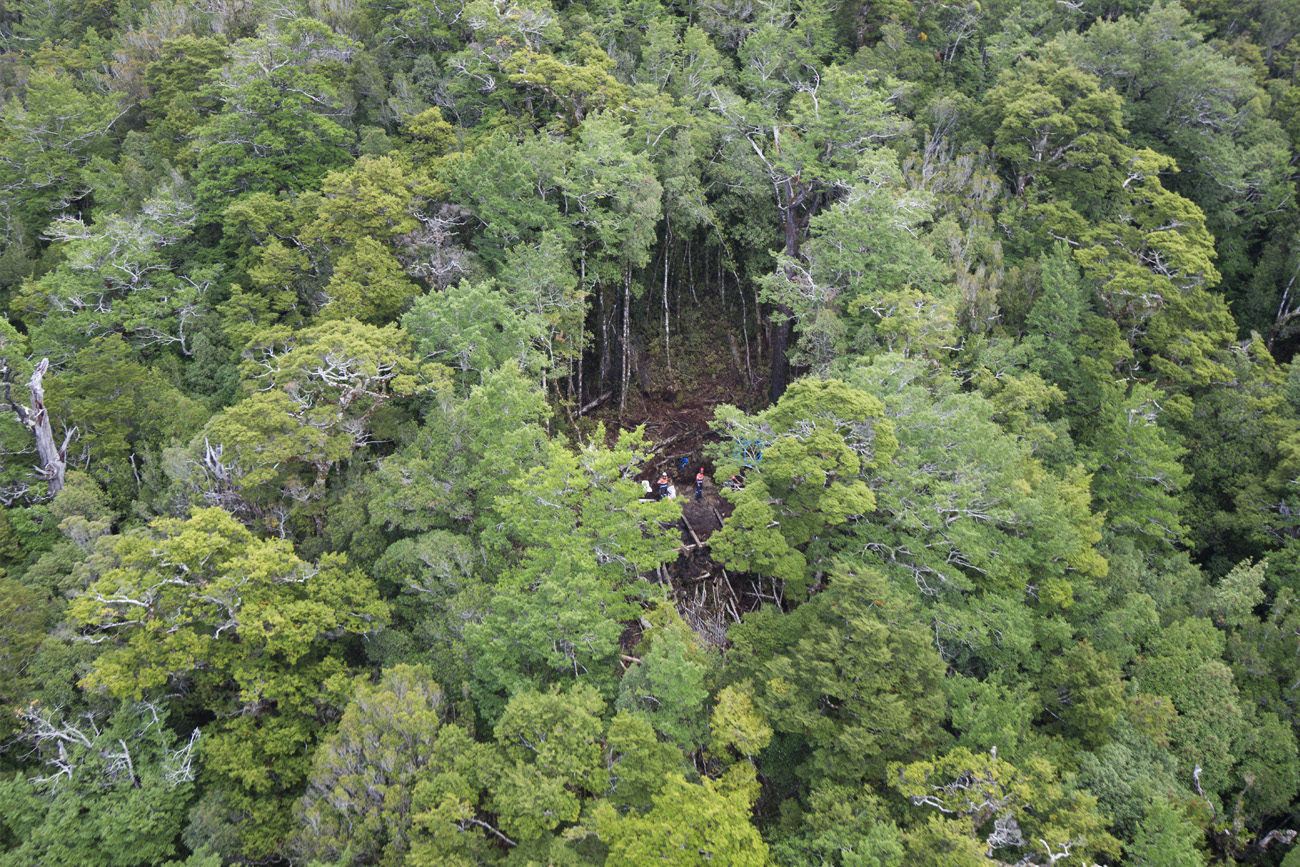8. Banning mining on conservation land is not the instrument to curb emissions
Emissions from mining generally (gold, aggregates, REE, ironsand etc) are no higher than many other economic activities and like any other economic activity are impacted by existing climate change policies and taxes (Emissions Trading Scheme).
Coal is only one of many minerals mined on conservation land. It is different in that it produces emissions when it is burned (very little when it is mined – just 0.5% of New Zealand’s total CO2 emissions) but it is a fuel with high emissions intensity.
A lot of New Zealand coal is exported and our export markets seek it out because of its specific properties that produce less emissions.
Coal use in New Zealand contributes about 5% of our gross CO2 emissions. Emissions from coal burning are included in the Emissions Trading Scheme.
As with fossil fuels generally, government action to reduce emissions is targeting producers more than users. If users of coal domestically can’t access New Zealand coal, they will need to import it.
While Straterra supports two-way trade as fundamental to New Zealand’s economy, penalising New Zealand producers, as the conservation land ban does, is not a solution.
There is still a need for coal, both in New Zealand and globally. Until there are affordable, accessible, readily available alternatives, supply must remain.
It is worth noting that without coal, there will be no steel. New Zealand’s biggest source of steel, New Zealand Steel, uses New Zealand coal and produces around 65% of the steel used in New Zealand.
Coal underpins other industries and energy security.
Thermal coal has an important role in maintaining the international competitiveness of our agriculture sector – dairy in particular – and in domestic food production. This will change as advances in technology allow and as competitors take on the cost of reducing emissions.
As a back up to renewable sources, coal also plays an essential role in providing energy security in New Zealand during our many severe weather events. Lightning strikes can halt gas processing and gale-force winds, or no wind, can reduce wind farm output, a dry winter can mean low water levels on hydro lakes leaving coal-fired generation to meet temporary needs.
Straterra acknowledges the global imperative of reducing carbon emissions and the actions taken by New Zealand in concert with the rest of the world. However, ending coal mining in New Zealand will not reduce New Zealand or global demand for coal nor help achieve emission reductions internationally. In fact, competing countries typically have lower environmental standards and less regulatory oversight than New Zealand so environmental impacts could worsen as production moves to other countries. This also applies to coal and we would need to import for energy intensive businesses in New Zealand.
Eight reasons a ban makes no sense
- Not all conservation land has high conservation value
- Existing world-class environmental safeguards mean a ban is not necessary
- Minerals are essential to the way we live and are a crucial part of the low carbon future
- A ban would lead to damaging unintended consequences
- Just 0.04% of conservation land is mined
- Modern mining practices ensure good environmental outcomes
- Mining creates well-paid jobs and is important to the New Zealand economy
- Banning mining on conservation land is not the instrument to curb emissions








